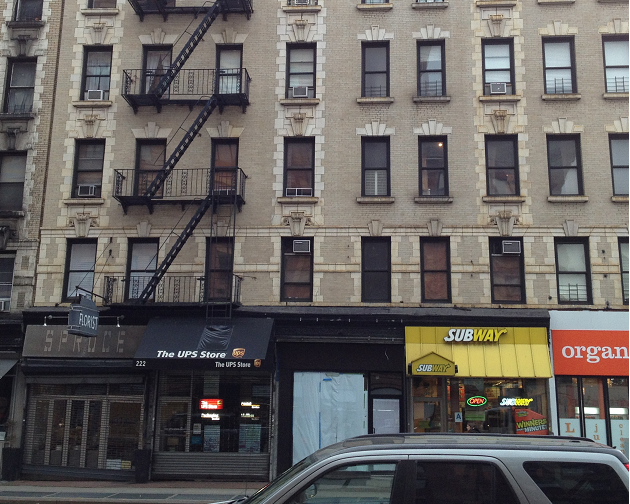Microeconomics, as one branch of economic theory, is defined as the study of the behavior of individual economic agents. These agents are divided up into producers (business firms) and consumers (households) and, thus, microeconomics is the study of how these agents react to changes in relative prices. In any market economy, these relative prices act as signals about surpluses or shortages that may exist in individual markets and will guide in the allocation of resources to their best use.
A relative price may be expressed in terms of a ratio between any two prices or the ratio between the price of one particular good and a weighted average of all other goods (aog) available in the market.
PR = (Px / Py) or (Px / Paog).

For example given the price of two goods -- houses and apartments, where we may observe that the price of houses are increasing relative to apartment rents.
(Phouses ↑ / Papartments) = PR ↑
This may be the result of increased desire (preferences) for detached housing. A developer would react to this signal by allocating resources (land, labor, materials) to the construction of houses. These scarce resources would be pulled-away from alternative uses -- apartment construction. The result is the construction of more houses and fewer apartments
Suppose that, in contrast, we find that the rental rate of apartments is decreasing:
(Phouses / Papartments ↓ ) = PR ↑
This outcome may be the result of an oversupply of apartment units. Developers would react by building fewer apartments thus releasing scarce resources for alternative uses -- housing. The result is the same: more houses are built and fewer apartments constructed. More importantly, we find that more houses are built even though the price of houses has not changed.
In general, we would expect that if a relative price increases (the price in the numerator is larger or the price in the denominator is smaller), resources will be reallocated towards that good in the numerator. If, however, a relative price decreases (a smaller numerator or larger denominator), resources will be reallocated towards that good in the denominator.
Relative prices with respect to final goods and services (i.e., Px/PY) address the economic question of what to produce?. These ratios can also aid in the understanding how factor inputs are used in the production of these final goods; that is, the question of how to produce?.
In a country where capital is relatively scarce we might find that capital is expensive relative to other factors of production -- i.e., labor. This country might engage in labor intensive production relying on workers rather than machines to produce different goods. In other countries we might find that labor is relatively scarce and thus relatively expensive. Production in these countries might rely more on capital intensive production. In each case similar goods are produced. However, the methods used might differ -- not because one type of production is better than another but because these methods reflect the relative price of the factor inputs.

For example, we might find that:
In country-A:and
- Wage Rate (w) = $20.00/hour
- Rental Cost of Capital (r) = $50.00/hr
In country-B:
- Wage Rate (w) = $5.00/hour
- Rental Cost of Capital (r) = $20.00/hr
To focus just on the price of capital, one might conclude that country-B might engage in capital intensive production given that capital is cheaper in dollar-terms. However, when expressed as relative prices:
(w/r)country-A > (w/r)country-B
Country-A will rely on capital intensive production and Country-B will rely more on labor intensive production.
Relative factor prices help address the question of how to produce? When the railroads were first built across the North American continent, capital was relatively scarce. The grading of the track bed, the laying of the railroad ties and the laying of track (short sections of rail) were accomplished using mostly labor -- thousands of workers progressing mile-by-mile. If you look at track maintenance today, you will find that track and switches come in large sections 100 yards long or more. These sections are assembled (ties, switch, rail) in a factory environment and shipped to the site, usually by flatbed rail car. The sections are then placed using cranes and backhoes with very little labor -- the process is very capital intensive as labor has become relatively expensive.
Understanding the behavior of relative prices can help us understand how inflation can cause problems for a market economy.
In an inflationary environment, all prices are rising although often at different rates. It may be that the price of housing is increasing by 5% per year and the price of food is increasing by 8% per year. The overall rate of inflation would be some average of these two values combined with prices of other consumer goods. For individual producers and consumers, it becomes difficult to distinguish between a change in relative prices (such that one good is more valuable relative to other goods) and a change in all prices due to the inflation. In this inflationary environment, individual producers may often confuse a change in the price of her/his particular good as a relative change with the reaction that s/he allocates more resources towards production of that good. A reallocation of resources mistakenly takes place. Thus, inflation can cause inefficiencies in the marketplace in that it distorts the signals necessary for the proper allocation of resources.